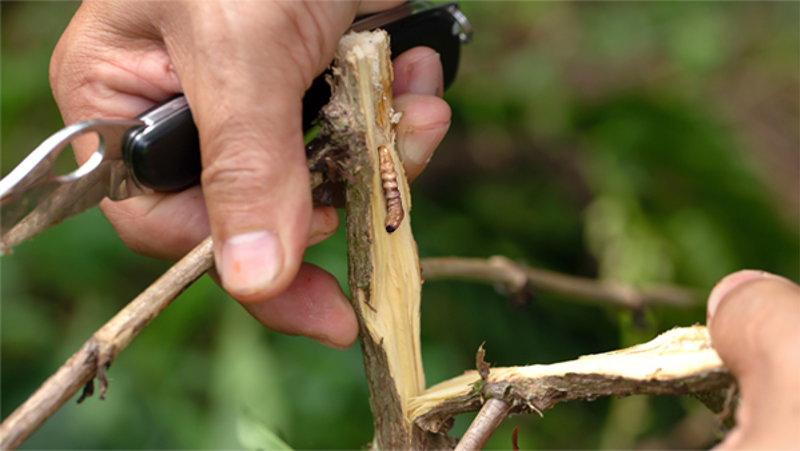Yates Account
Join now
Create a Yates account today!
Sign up to join the Yates Garden Club for monthly e-mails packed with seasonal inspiration, tips for success & exclusive promotions.
Plus if you’re a Garden Club member you can take part in the Yates Growing Community - a blog to share successes, get advice & win prizes in fun challenges along the way!

Forgot password
Enter the email address associated with your account, and we'll email you a new password.
Oemona hirta

Introducing: the Lemon Tree Borer
Lemon Tree Borer (aka Citrus Tree Borer) is a destructive native New Zealand beetle, that has become a common pest for home gardeners. Their larvae tunnel lengthwise inside the branches and stems of trees to feed, causing serious injury to trees that can result in tree death if left untreated.
Although lemon tree borer happily feeds on a wide range of native trees, they developed an instant liking for exotic trees, especially citrus, when orchards were first introduced into NZ. Their favourite targets include lemons, apples, grape vines, walnuts, persimmons, and cherry trees.
Symptoms
Classic warning symptoms of lemon tree borer infestation are localised wilting leaves, or sudden dieback of individual branches.
Observation of 2-3mm round holes in branches, with visible clumps of powdery sawdust (actually, it’s frass – excrement from the borer larvae) confirms an infestation.

Plants Impacted
- Fruit trees, especially citrus
- Ornamental trees and shrubs
- NZ native trees
How to Protect your Trees
The adult beetles are flying at night from mid-spring to autumn, on the lookout for trees to lay their eggs. The scent of freshly pruned citrus trees attracts them like a magnet, so it’s wise to restrict pruning to between April and August. Whenever you're pruning, make sure to tidy up and burn the offcuts.
When eggs are laid into fresh wounds on the bark, the larvae hatch out and eat into the tree, tunneling their way along inside the centre of branches towards the stem. This prevents sap from flowing, so the affected branches often dry out and snap off under their own weight. If larvae enter the central trunk, it can be fatal to the tree. For this reason, make certain never to scuff the base of trees with your line trimmer; it makes an inviting entry point for adult beetles to lay eggs.
A good solution for protecting fresh pruning cuts is Yates PruneTec, which seals off the wound and forms a physical barrier against larvae boring into the tree.
Oemona hirta larvae can grow inside a tree for 1-2 years before emerging as adult beetles, so they can cause a lot of damage in that time. Hiding away deep inside the wood makes them difficult to control, as they are out of reach of most insecticides.
The old-fashioned organic method is still best – get a wound guitar string or a length of thin wire, search for the borer holes and poke it in firmly as far as you can go. This takes a little time, but it’s very effective.














Share
Share this article on social media